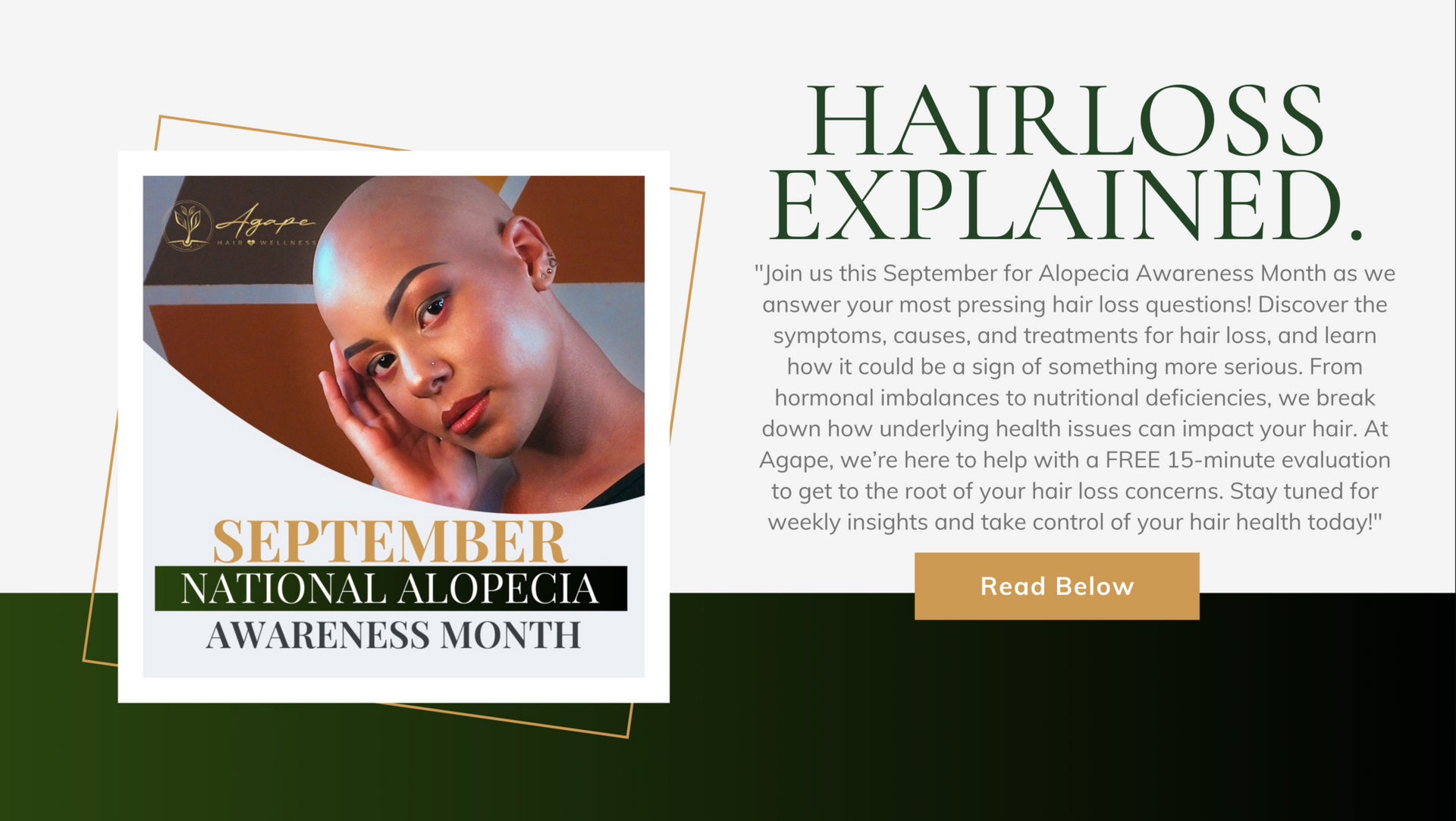Advanced Hair Loss Solutions: Clinical & Surgical Treatments for Alopecia
September is Alopecia Awareness Month, and each week we’re tackling some of the most frequently asked questions about hair loss.
Question: What are my options for hair loss treatment?
Answer: In our previous segment, we discussed home and over-the-counter remedies. Now, let’s explore the ever-growing number of clinical and surgical options. These treatments are typically considered when non-invasive methods don’t produce the desired results. Keep in mind, they often carry more risks, can be more painful, and are generally much more costly.
We’ll break them down into two categories: Minimally Invasive and Very Invasive/Surgical treatments.
Minimally Invasive Clinical Treatments
- Low-Level Laser Therapy: Uses infrared light to promote tissue repair, reduce inflammation, and stimulate hair growth by activating stem cells.
- Prescription Medications: Some reduce inflammation that destroys hair follicles, others target hormonal processes that shrink follicles, and others help treat scalp infections.
- Microneedling: This technique creates tiny wounds on the scalp to stimulate growth cells. When combined with follicle-regenerating ingredients, it allows deeper penetration and more effective results.
- Scalp Micropigmentation: A cosmetic tattooing method that creates tiny dots on the scalp, mimicking the appearance of a fuller head of hair.
- Direct Scalp Injections: These can include ingredients like steroids, platelet-rich plasma (PRP), platelet-rich fibrin (PRF), or exosomes to boost hair regrowth and scalp health.

Very Invasive/Surgical Procedures
Follicular Unit Extraction Individual hair follicles are extracted from the scalp and transplanted to thinning or balding areas.
Follicular Unit Transplantation: A strip of the scalp is removed, and hair follicles are extracted from it and transplanted into areas with thinning hair. .
Scalp Reduction: This surgical procedure removes the bald areas of the scalp, pulling together sections with remaining hair to cover larger bald spots.
A word of caution: If you’re considering clinical or surgical treatments for hair loss, DO YOUR RESEARCH! These options should be carefully evaluated, and we highly recommend scheduling an evaluation with us to discuss what’s best for your situation before taking the next step.












